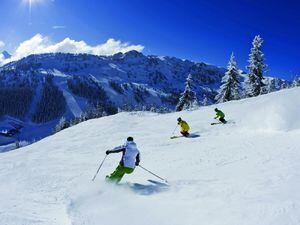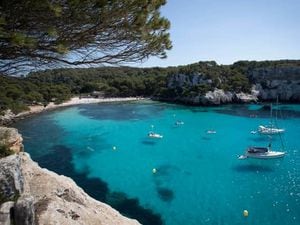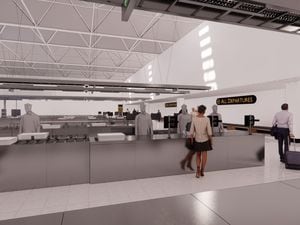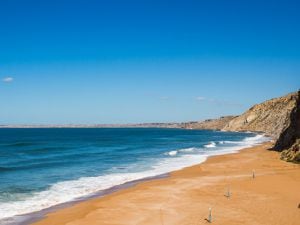A cool time on the slopes
I’m not sure I’ve ever seen skiers trying to manoeuvre their way down a slope like this before.

I’m sat on a chairlift looking down at the steepest ski slope in Austria, the infamous Harakiri, where a group of skiers have decided the only way down the most vertical part of the slope – at a nerve-shredding 78 per cent gradient – is by trying to dig the edges of their skis into the icy snow and cagily ‘step’ their way down.
Fortunately for skiers who wouldn’t class themselves as advanced or experts, the Harakiri isn’t typical of the wider Mayrhofen ski area. Its terrain, while diverse enough to serve all ability levels, is ideally suited to good intermediates.
Located in Austria’s Tyrol region, Mayrhofen is one of the region’s most popular ski resorts, and après here is a USP, which begins in the mountain huts and continues in the town. Two of the most popular bars are Brück’n Stadl, which belts out folk pop and Euro dance from 3pm to 5am; and the more relaxed, sophisticated Harakiri Bar.
Mayrhofen also has numerous restaurants, supermarkets, bakeries and ski hire shops – the most convenient of which is Intersport Bründl, which is located directly below the main gondola. And, if you don’t want to carry your skis each morning, there are ski lockers available, too.
Our accommodation, the Huber’s Boutique, is just another five-minute walk away. This stylish family hotel is run by husband and wife Ingrid and Christophe, along with son and head chef Klemens. It’s recently been extensively modernised and refurbished, and this year a sauna and heated outdoor pool have been added to complement the existing Green Spa. But it is the food which is really the star of the show – my wife and I are dished up four exquisite dishes each evening.
The linked Mayrhofen ski slopes are part of the wider Zillertal Valley, which is one of the largest ski areas in the world. You’ll find some of the most challenging skiing closest to the town, which is accessible by the Penkenbahn gondola. It whizzes us up to 1,800 metres from where we can explore 180km of linked pistes.
Most slopes are on the steep side, and, at least during our stay, were heavily affected by moguls, particularly the busiest runs which connect four of the five Mayrhofen ski valleys – Penken, Horberg, Rastkogel and Eggalm. If you prefer an easier start to your ski holiday then head for Ahorn on the opposite mountain, which is perfect for beginners. With Mayrhofen’s popularity comes inevitable queues – so, we head off in search of some quieter slopes on the furthest of the valleys, Eggalm. Not only is it a great route to follow, but we get to enjoy more space and variety of slope.
It’s also a good spot to stop for lunch. In Eggalm the Berggasthaus serves up fresh oven-baked pizzas on its large sun terrace. It’s also cheaper here, too – a large beer costs around €4.50.
If you prefer a change of scenery from Mayrhofen then you won’t be short of options. With the Zillertal Superski pass, which costs around €250 for six days, we have access to a combined 500km of slopes. The Hintertux Glacier, which offers skiing 365 days a year, plus numerous other resorts are not linked by lifts, but are easily reached by train.
It’s easy to understand why Mayrhofen has become so popular with skiers from all over Europe – and why many come back again. With so much skiing still to discover, I’m sure we’ll be joining them.





